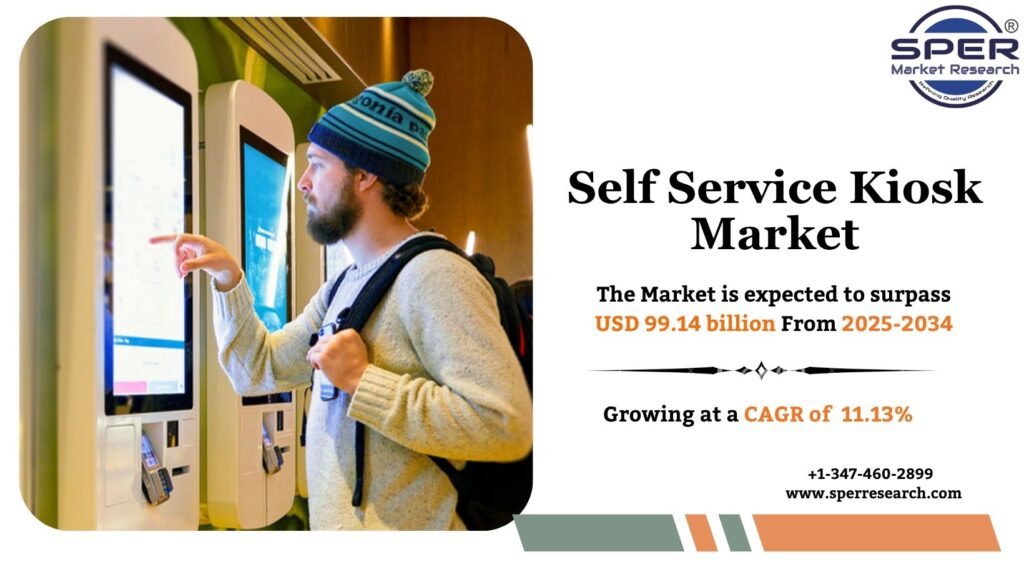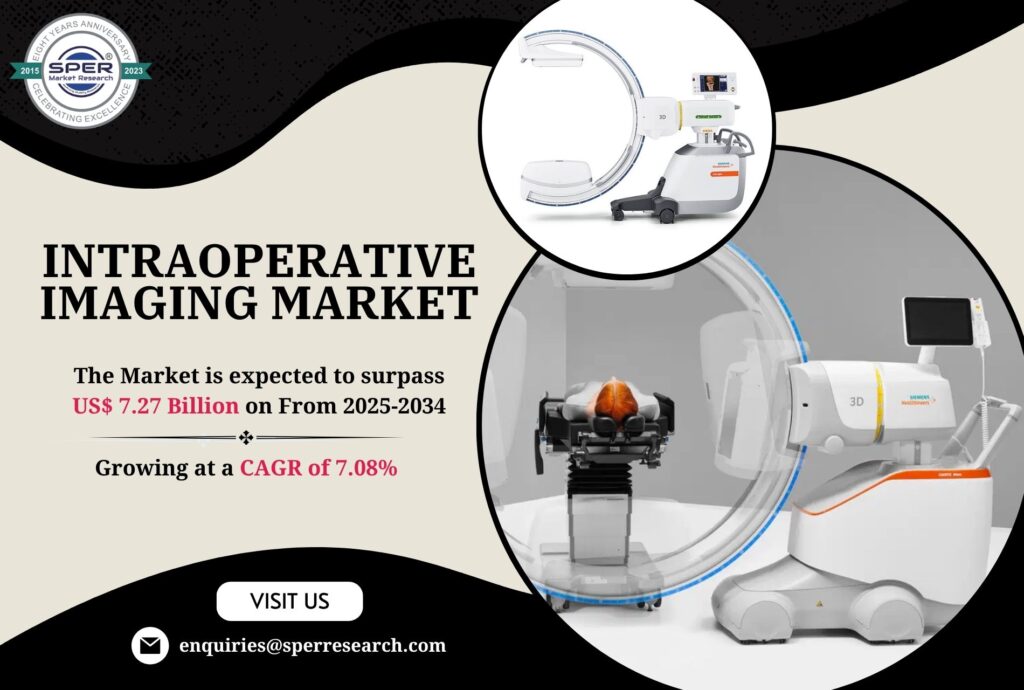Contactless payment is an innovative transaction method that allows consumers to make secure purchases without physically swiping or inserting a card. Utilizing technologies such as Near Field Communication (NFC) and Radio Frequency Identification (RFID), payments can be completed simply by tapping a card, smartphone, or wearable device on a compatible terminal. The method is gaining widespread adoption due to its speed, convenience, and enhanced security features, while also reducing the reliance on cash and physical contact. Increasingly used across sectors including retail, healthcare, hospitality, and transportation, contactless payments are reshaping the way businesses and consumers interact, driving efficiency, improving customer experience, and supporting the growth of a seamless, digital-first economy.
According to SPER market research, ‘Global Contactless Payment Market Size- By Type, By Application- Regional Outlook, Competitive Strategies and Segment Forecast to 2034’ states that the Global Contactless Payment Market is projected to be worth 343.32 billion by 2034 and is anticipated to surge at a CAGR of 19.32%.
Drivers:
Several factors are driving the growth of the global contactless payment market. The increasing adoption of digital wallets is a major contributor, as consumers increasingly prefer quick and convenient cashless transactions. The rapid growth of popular platforms like PayPal, Google Pay, and other digital wallets has further boosted consumer confidence and usage. In addition, advancements in security features, such as encryption and tokenization, are enhancing trust in contactless transactions. Together, these trends are accelerating market expansion and shaping the future of seamless, technology-driven payments worldwide.
Download the Detailed Analysis in PDF format, Here
Restraints:
The contactless payment market faces several challenges that may limit its growth and adoption globally. Restrictions on the number of transactions allowed per day can reduce acceptance among merchants and businesses, particularly impacting small and medium enterprises. A lack of awareness about contactless payment options, combined with insufficient supporting infrastructure in low-income and developing countries, further hampers market expansion. Additionally, concerns over security, including the risk of data breaches, fraud, and cyberattacks, contribute to consumer and business hesitation. These factors collectively act as significant restraints, slowing the widespread adoption of contactless payments. Despite their convenience, speed, efficiency, and increasing popularity, these challenges continue to pose barriers to full-scale implementation across global industries and markets.
North America dominated the contactless payment market in 2024, supported by significant investments in advanced technologies such as NFC and RFID. Rising adoption of digitization, IoT, and big data is driving demand for innovative payment hardware and software solutions in the region. In Canada, consumers are increasingly shifting to digital wallets, enabling quick and convenient transactions. Some significant market players are Alibaba.com, Amazon.com Inc, American Express Company, Apple Inc, Giesecke & Devrient GmbH, MasterCard, PayPal Holdings Inc, PayU, Thales, Visa Inc.
For More Information, refer to below link: –
Contactless Payment Market Growth
Related Reports:
ESG Reporting Software Market Growth
Follow Us –
LinkedIn | Instagram | Facebook | Twitter
Contact Us:
Sara Lopes, Business Consultant — USA
SPER Market Research
enquiries@sperresearch.com
+1–347–460–2899









